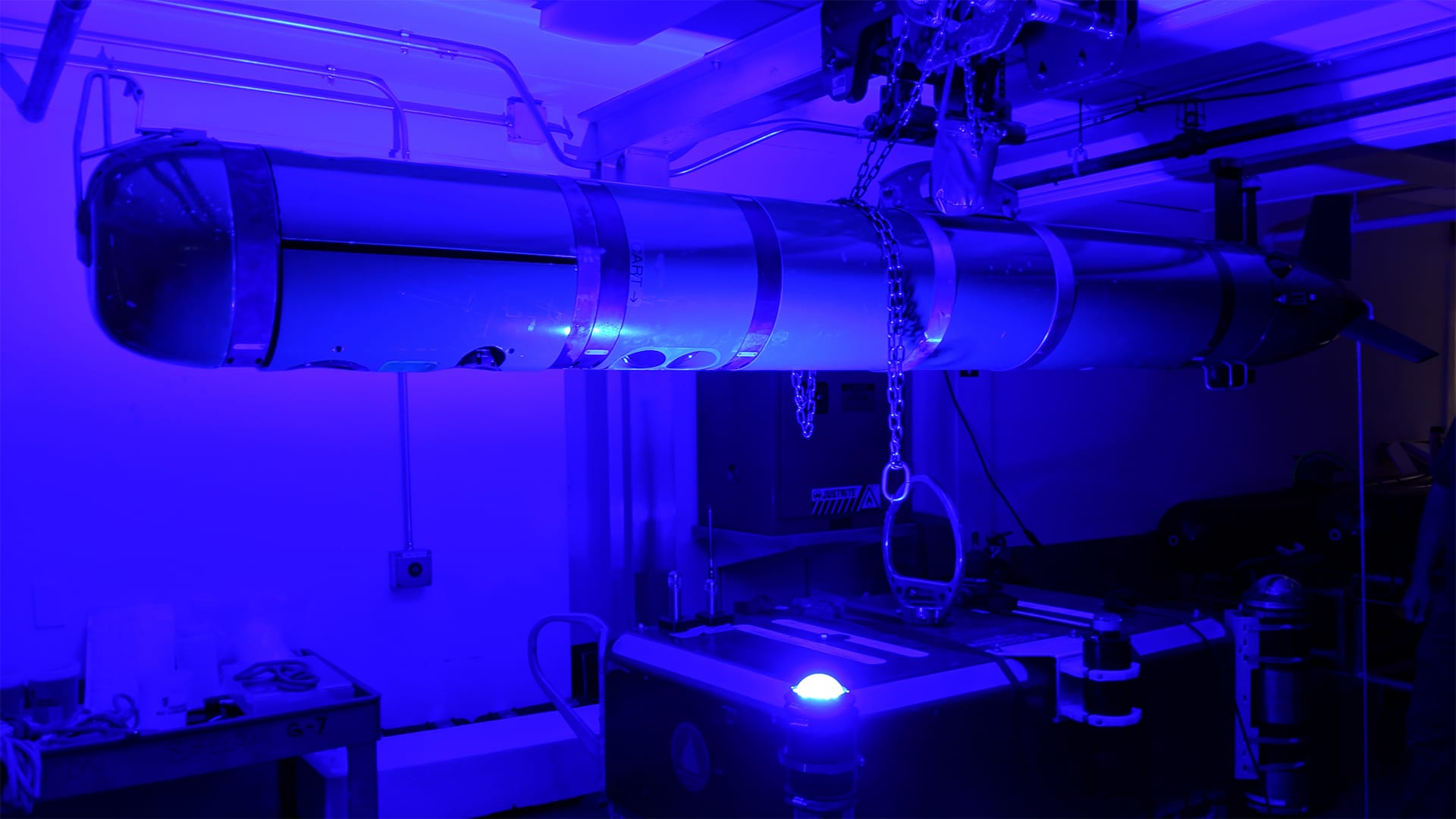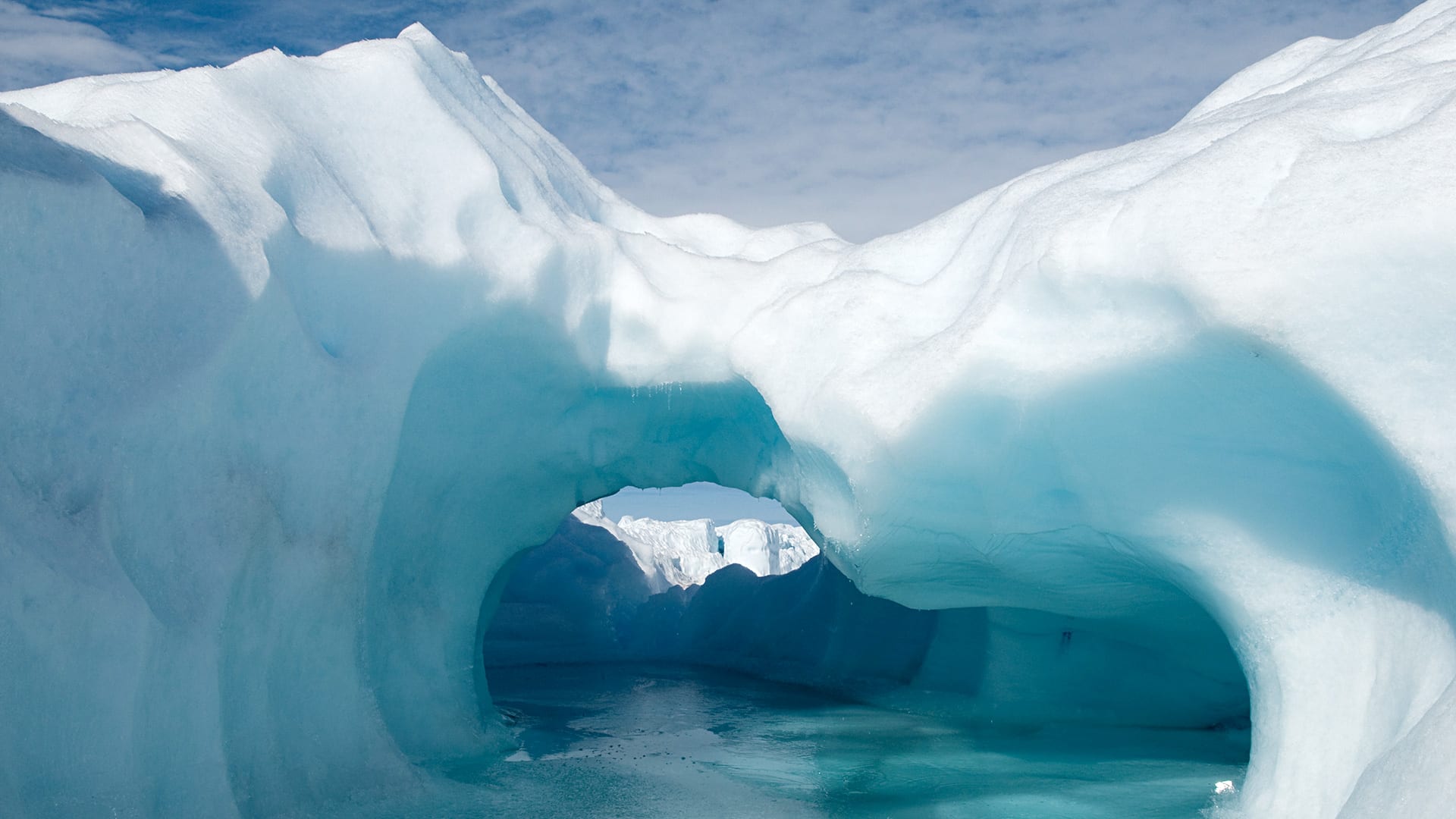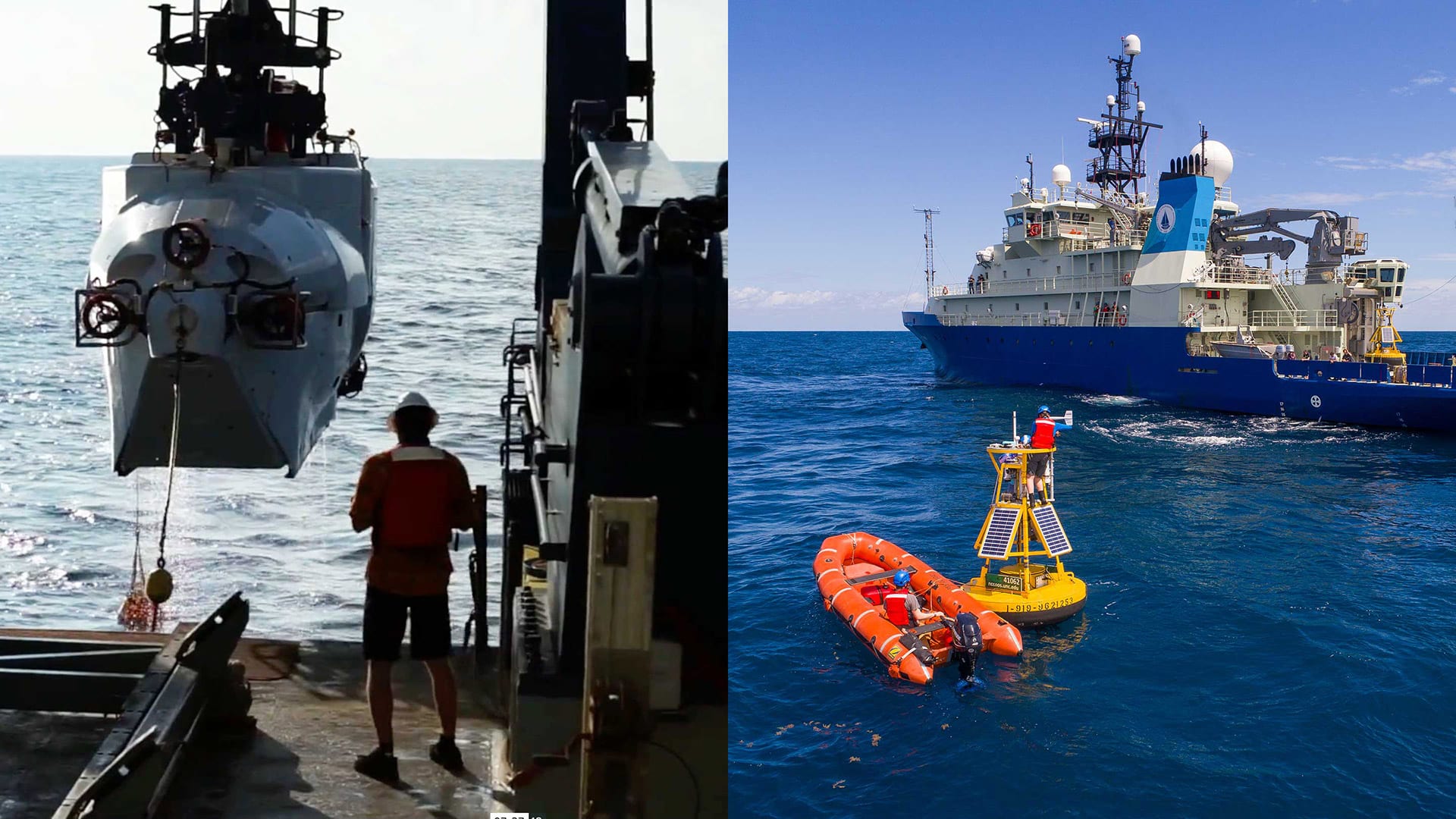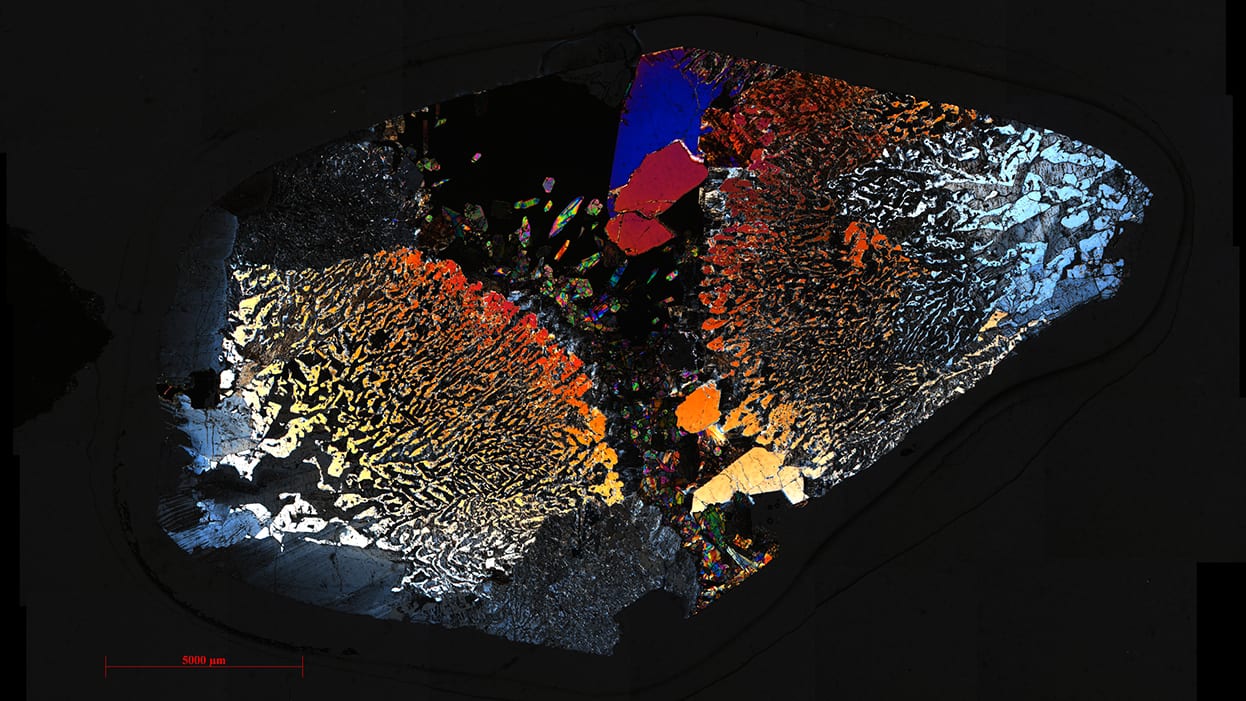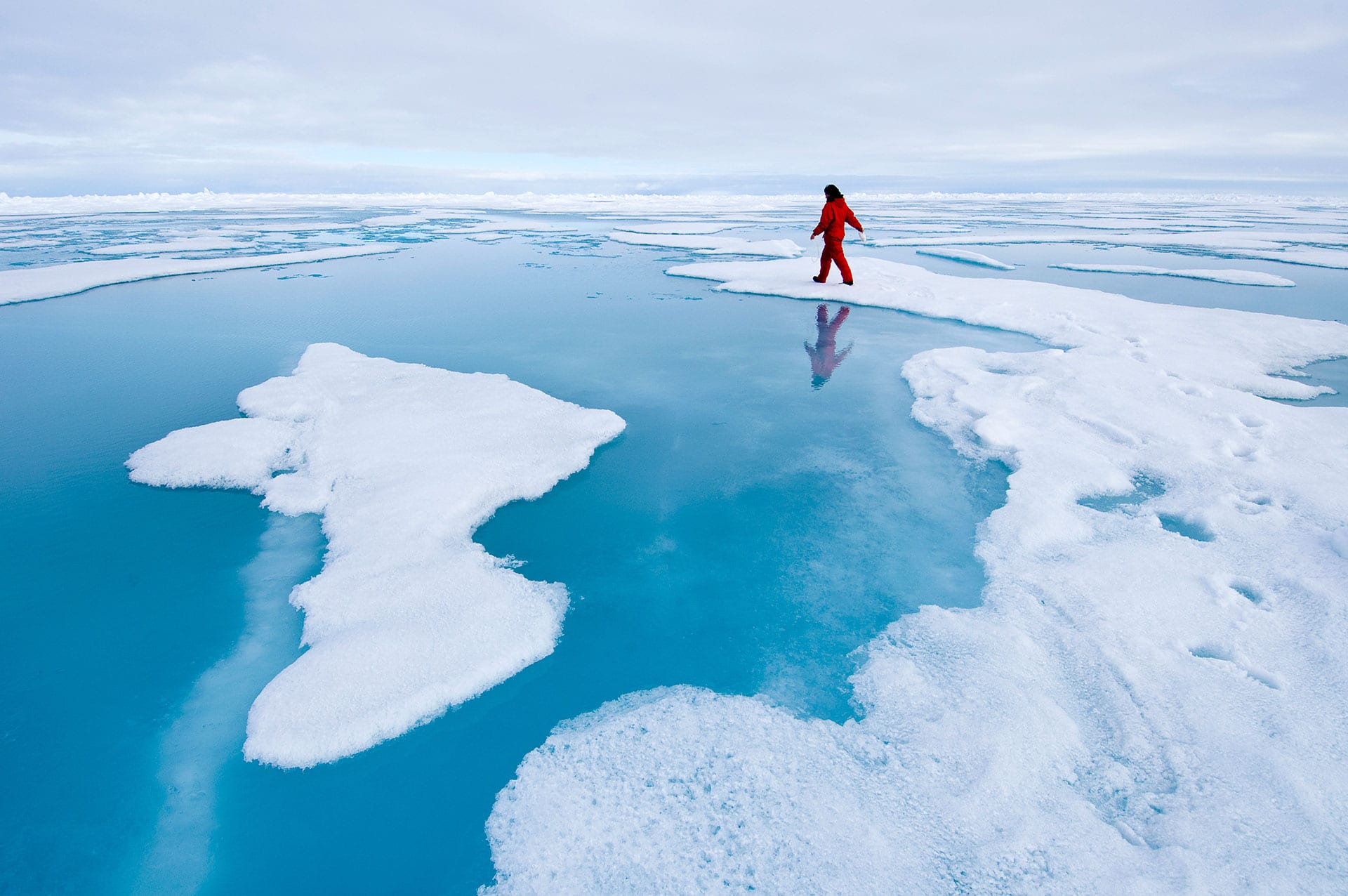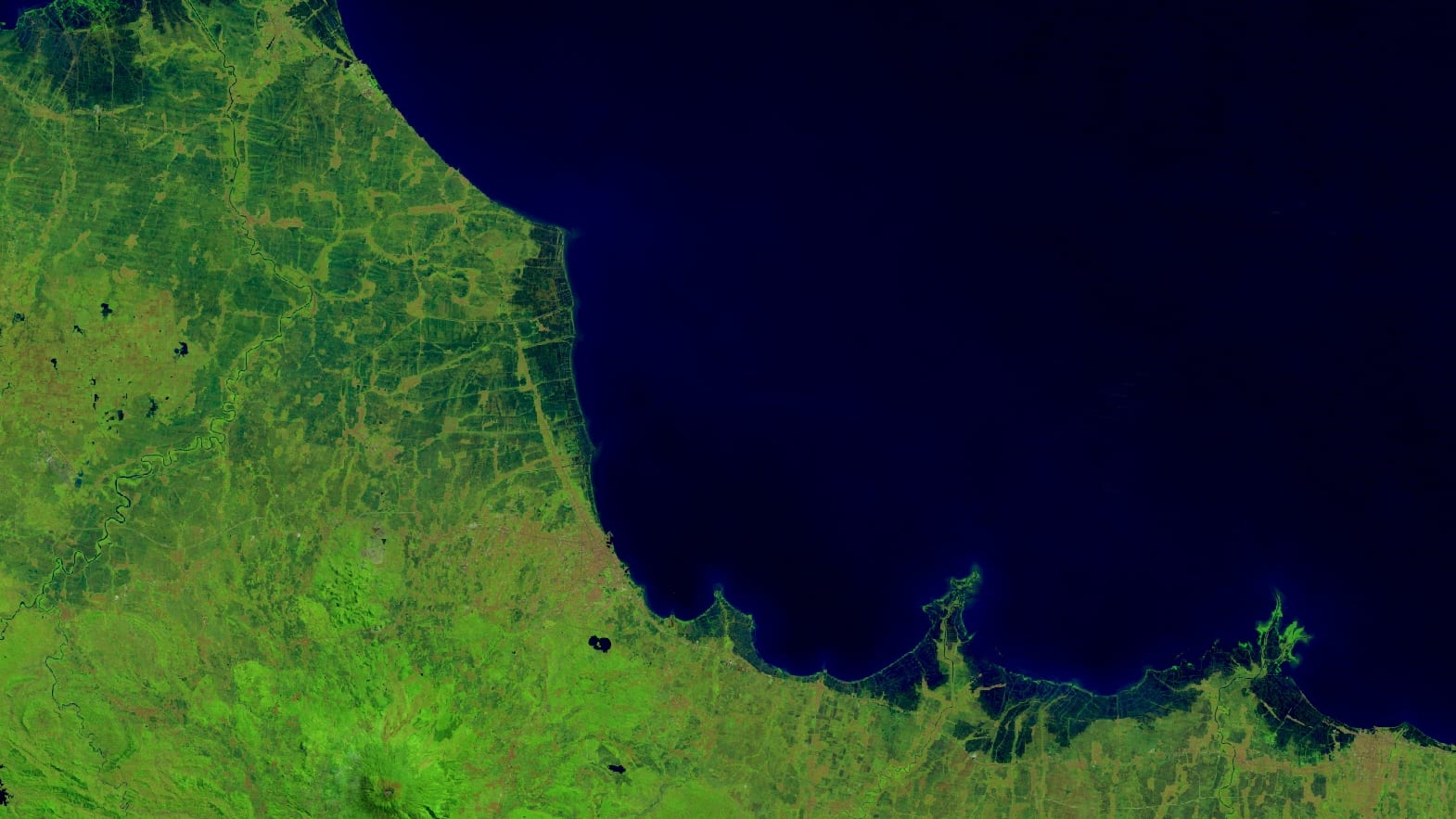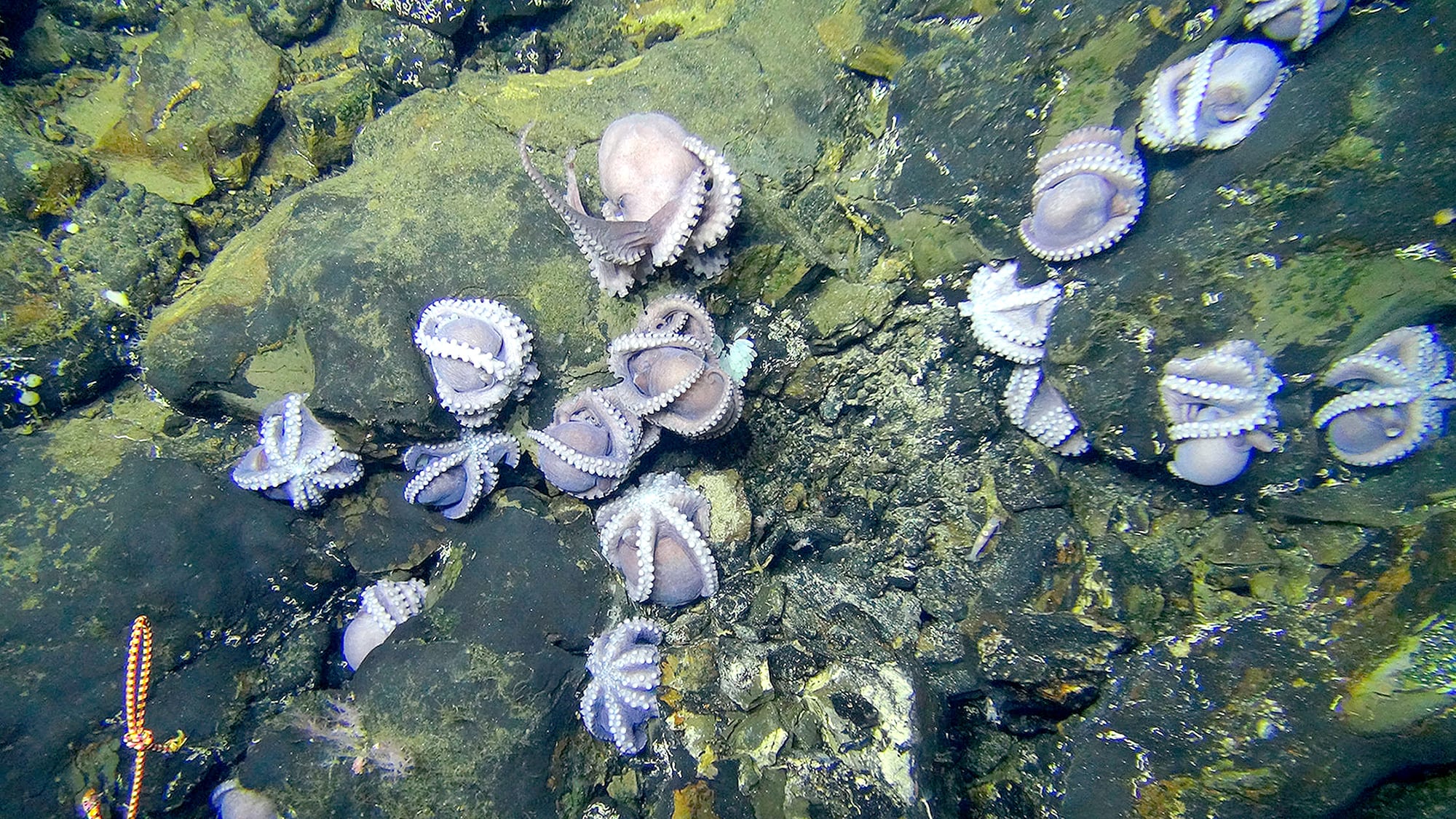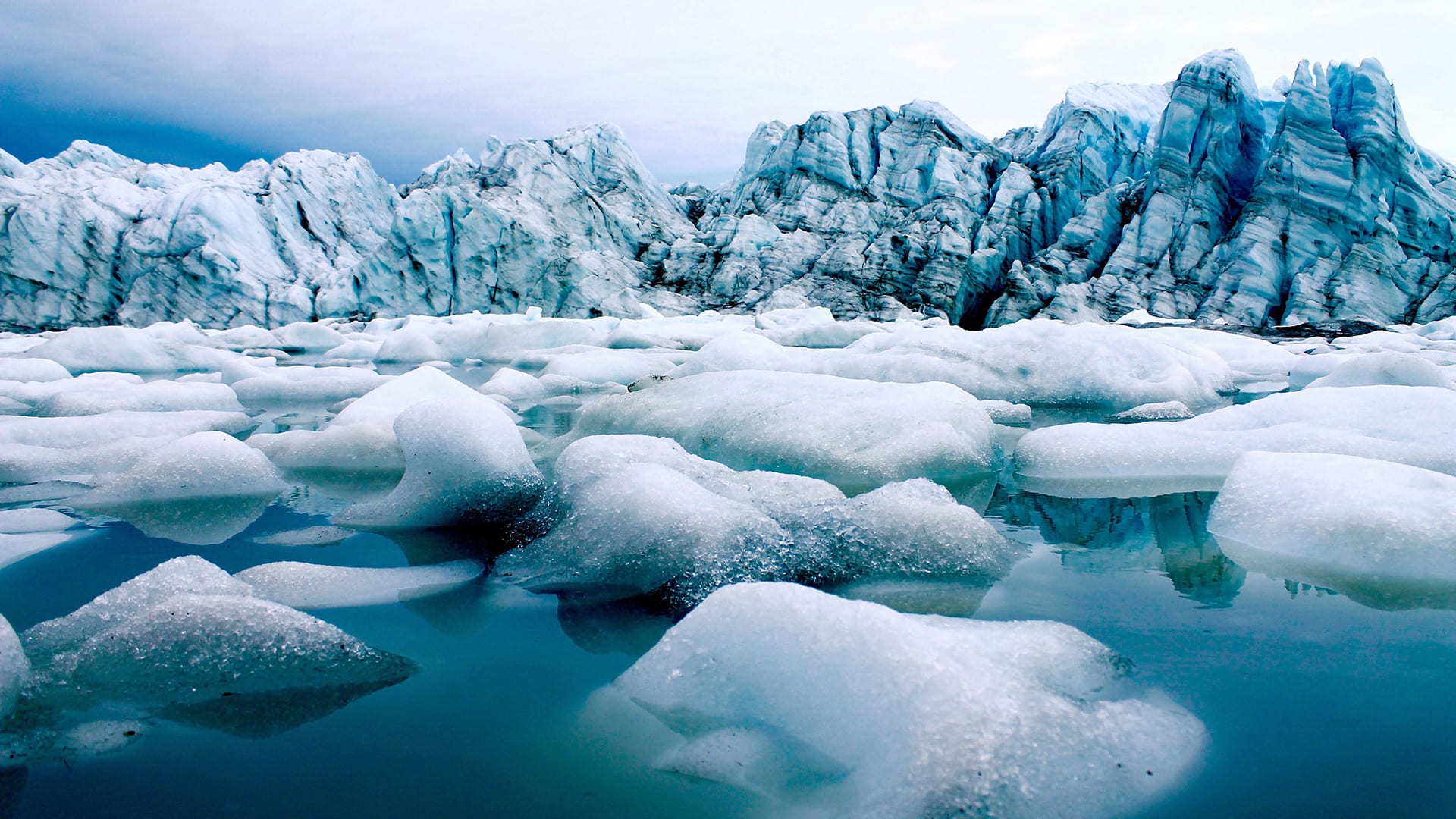Geology & Geophysics
Can seismic data mules protect us from the next big one?
Researchers look to new seafloor earthquake detection systems for better detection and warning of seismic risk
Read MoreAntarctic Ice Sheet Loss Expected to Affect Future Climate Change
The research team reports that their new models with the added ice melt information reveal important interacting processes and demonstrate a need to accurately account for meltwater input from ice sheets in order to make confident climate predictions.
Read MoreAntarctic ice loss expected to affect future climate change
In a new climate modeling study that looked at the impacts of accelerated ice melt from the Antarctic Ice Sheet (AIS) on future climate, a team of climate scientists reports…
Read MoreWhy is it important to study life in the deep sea and even below the seafloor?
Dr Virginia Edgcomb heads a laboratory at WHOI in the US. She spent three months on a ship in the middle of the Indian Ocean conducting research as part of…
Read MoreScientists revived microbes that were more than 100 million years old
Virginia Edgcomb, a microbial ecologist at WHOI who did not participate in the study, told Science Magazine that the study indicates that “microbial life is very persistent and often finds a…
Read MoreWill melting glaciers cool the climate?
As glaciers melt at unprecedented rates, WHOI’s Simon Pendleton is looking back to historical records to predict whether this new cool runoff will slow ocean circulation and cool the northern hemisphere––findings which could mean adjustments to some climate predictions.
Read MoreAncient Microbes Spring to Life After 100 Million Years Under the Seafloor
Virginia Edgcomb, a microbial ecologist at WHOI who did not participate in the study, told Science Magazine that the study indicates that “microbial life is very persistent and often finds a…
Read MoreWHOI Scientists Make Woods Hole Film Festival Appearance
Woods Hole Oceanographic Institution (WHOI) scientists appear in two shorts and a feature film at this year’s Woods Hole Film Festival (WHFF). In addition, scientists will also participate in Q&A…
Read MoreCelebrating an oceanographic life
WHOI looks back at the legacy of co-founder of MIT-WHOI Joint Program, former Director of Research and Provost at WHOI, Art Maxwell
Read MoreCelebrating an oceanographic life
WHOI looks back at the legacy of co-founder of MIT-WHOI Joint Program, former Director of Research and Provost at WHOI, Art Maxwell
Read MoreWetter climate to trigger global warming feedback loop in the tropics
As the tropics get wetter, as many climate models predict, soils are likely to experience greater rates of respiration and decomposition, limiting the carbon storage abilities of tropical soils and…
Read MoreWorking from home: Chris German
As I reached the end of April, I realized that too much of my time was getting consumed by zoom calls and email in a bid to over-compensate for not…
Read MoreFormer Falmouth students credited in new study
Rebecca Cox and Sarah Lott were interns at the Woods Hole Oceanographic Institution when they became a part of the breakthrough study, which found microorganisms living hundreds of meters beneath…
Read MoreFinding medical answers in the ocean
The test being used to diagnose the novel coronavirus—and other pandemics like AIDS and SARS—was developed with the help of an enzyme isolated from a microbe found in marine hydrothermal vents as well as freshwater hot springs.
Read MoreMicrobes far beneath the seafloor rely on recycling to survive
Scientists from Woods Hole Oceanographic Institution and colleagues reveal how microorganisms could survive in rocks nestled thousands of feet beneath the ocean floor in the lower oceanic crust.
Read MoreStudy reveals Missoula Floods impact on past abrupt climate changes
A new study shows for the first time how massive flood events in the eastern North Pacific Ocean—known as the Missoula Floods—may have in part triggered abrupt climate changes in the Northern Hemisphere during the last deglaciation (approximately 19,000–11,700 years ago).
Read MoreOceans of Change
“THE SEA NEVER CHANGES, AND ITS WORKS, FOR ALL THE TALK OF MEN, ARE WRAPPED IN MYSTERY.” So observed the narrator of “Typhoon,” Joseph Conrad’s 1902 novella. But today, we…
Read MoreOceans of Change
Oceans of Change WHOI scientists learn how the ocean shapes—and is shaped by—global climate By Madeline Drexler (Photo by Simon Buchou on Unsplash) “THE SEA NEVER CHANGES, AND ITS WORKS,…
Read MoreMuseum’s 150-Year-Old Plankton Have Thicker Shells Than Their Modern Counterparts
In a study published in Science in 2019, researchers from the Woods Hole Oceanographic Institute described how temperature readings taken by the Challenger and today show that while the ocean’s surface is warming, the…
Read MoreFor now, river deltas gain land worldwide
Delta areas worldwide have gained land in the past 30 years, despite river damming. However, recent land gains are unlikely to last throughout the 21st century due to expected, accelerated sea-level rise.
Read MoreStudy weighs deep-sea mining’s impact on microbes
The essential roles that microbes play in deep-sea ecosystems are at risk from the potential environmental impacts of mining, according to a new paper. The study reviews what is known about microbes in these environments and assesses how mining could impact their important environmental roles.
Read MoreUnderstanding the Melting Arctic
Glaciologist Sarah Das explains why surface melting and runoff across Greenland’s mile-thick ice sheet sped up dramatically in the 20th and 21st centuries, showing no signs of abating.
Read MoreThe ghosts of ancient hurricanes live in Caribbean blue holes
South Andros Island, part of the Bahamian archipelago, is a sandy slice of paradise whose shores conceal buried geological treasures: blue holes. Hiding in the depths of these ethereal submarine…
Read MoreIf alien life exists in our solar system, it may look like this
On September 19th, the research vessel, Kronprins Haakon, departed Longyearbyen, Svalbard headed toward the Aurora hydrothermal vent field, located along the Gakkel Ridge some 4000 meters below the arctic ice.
Read More
